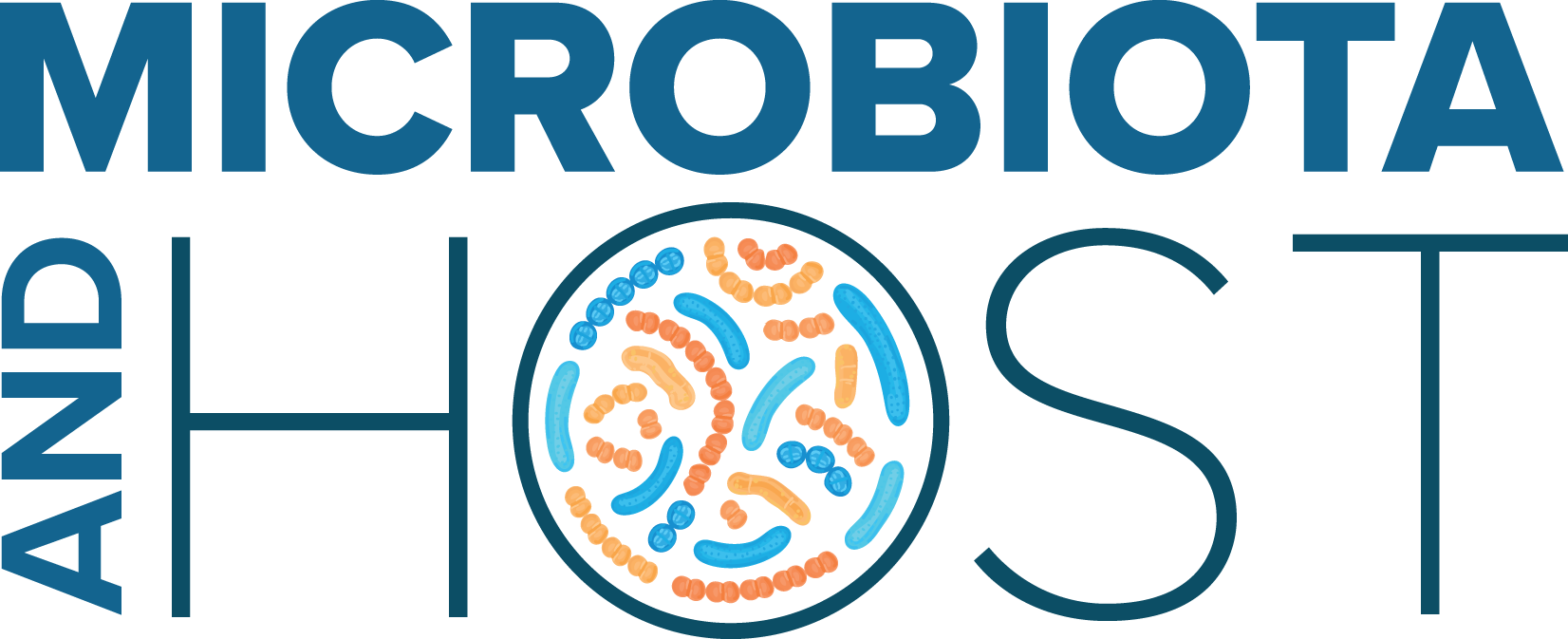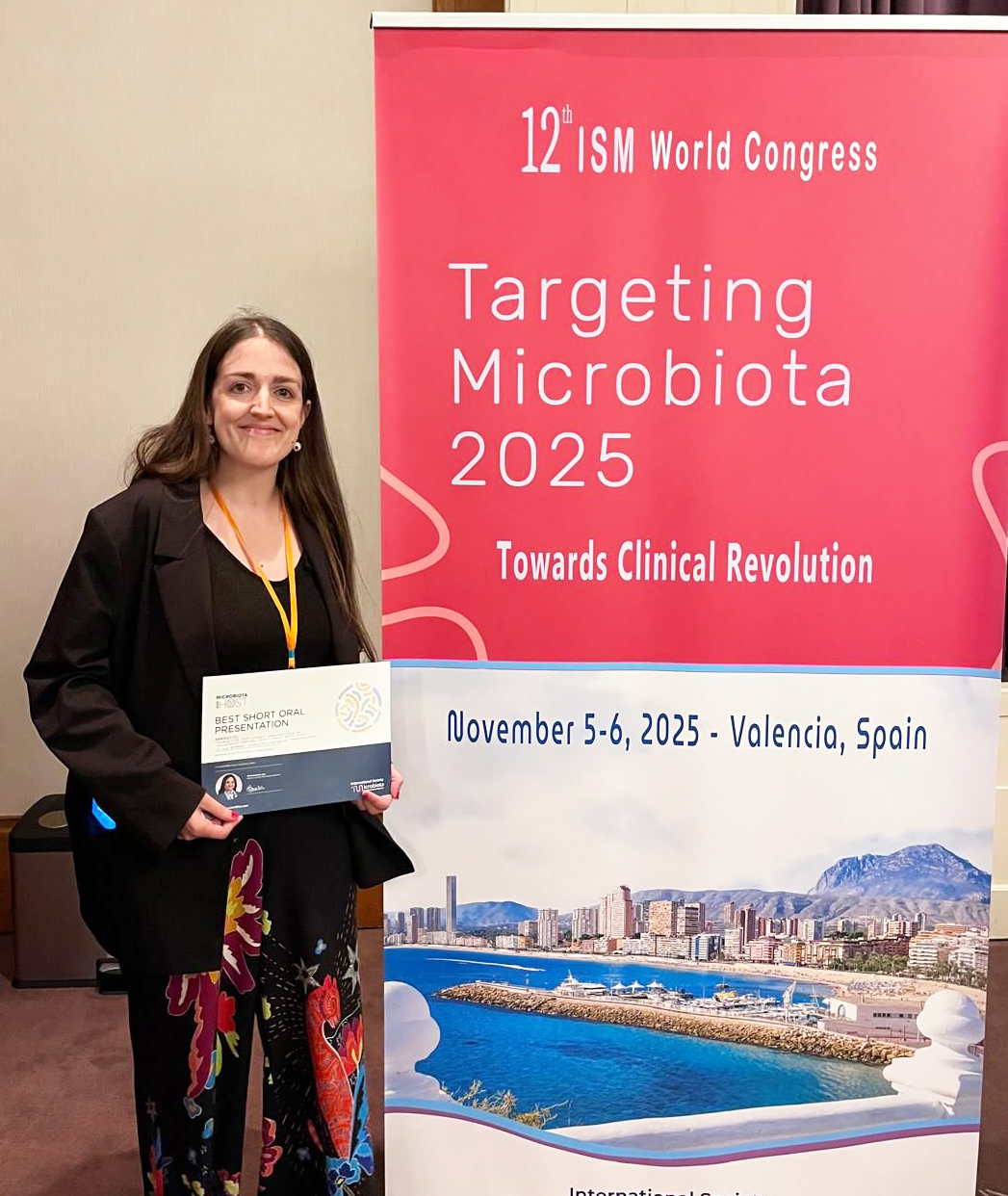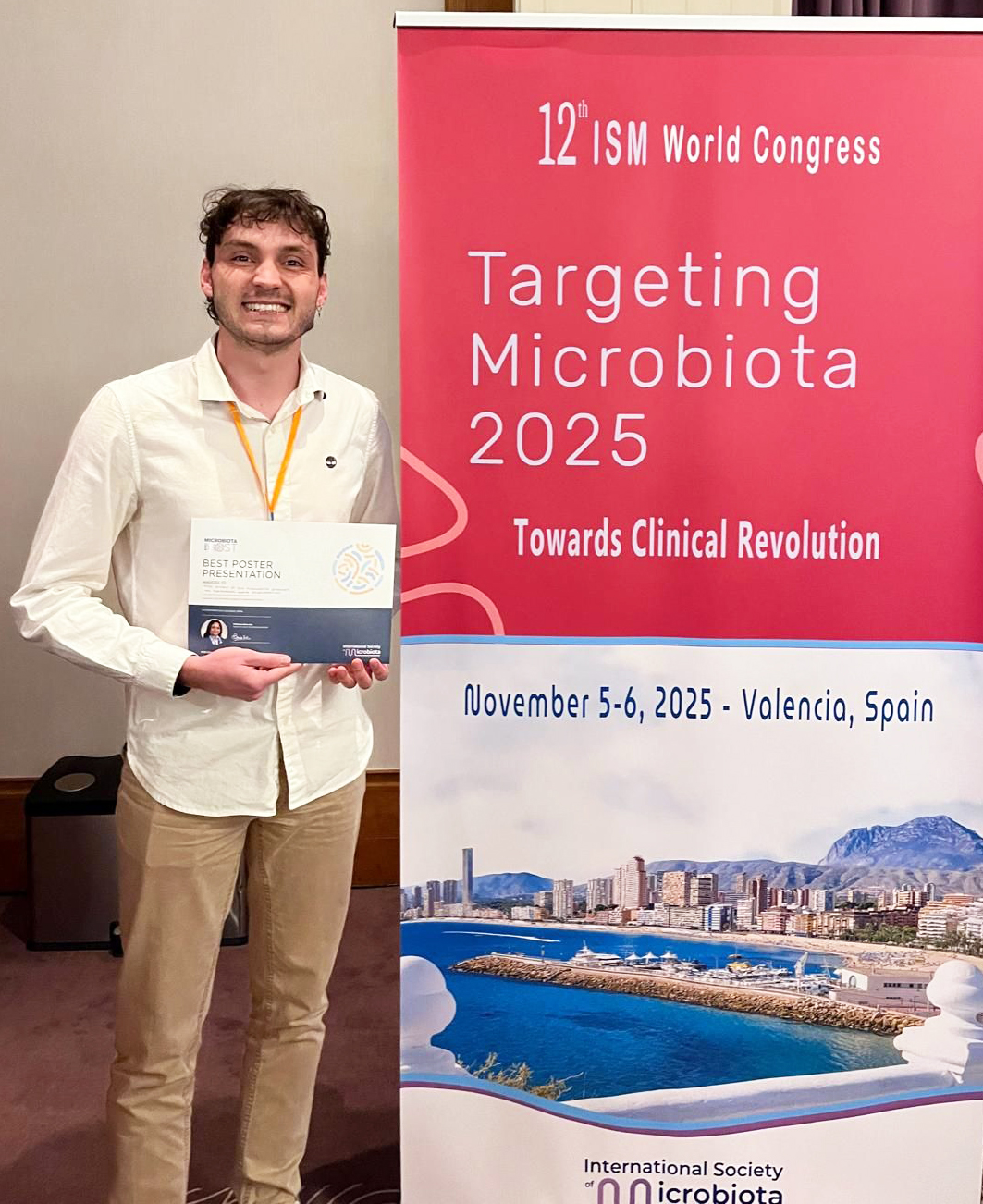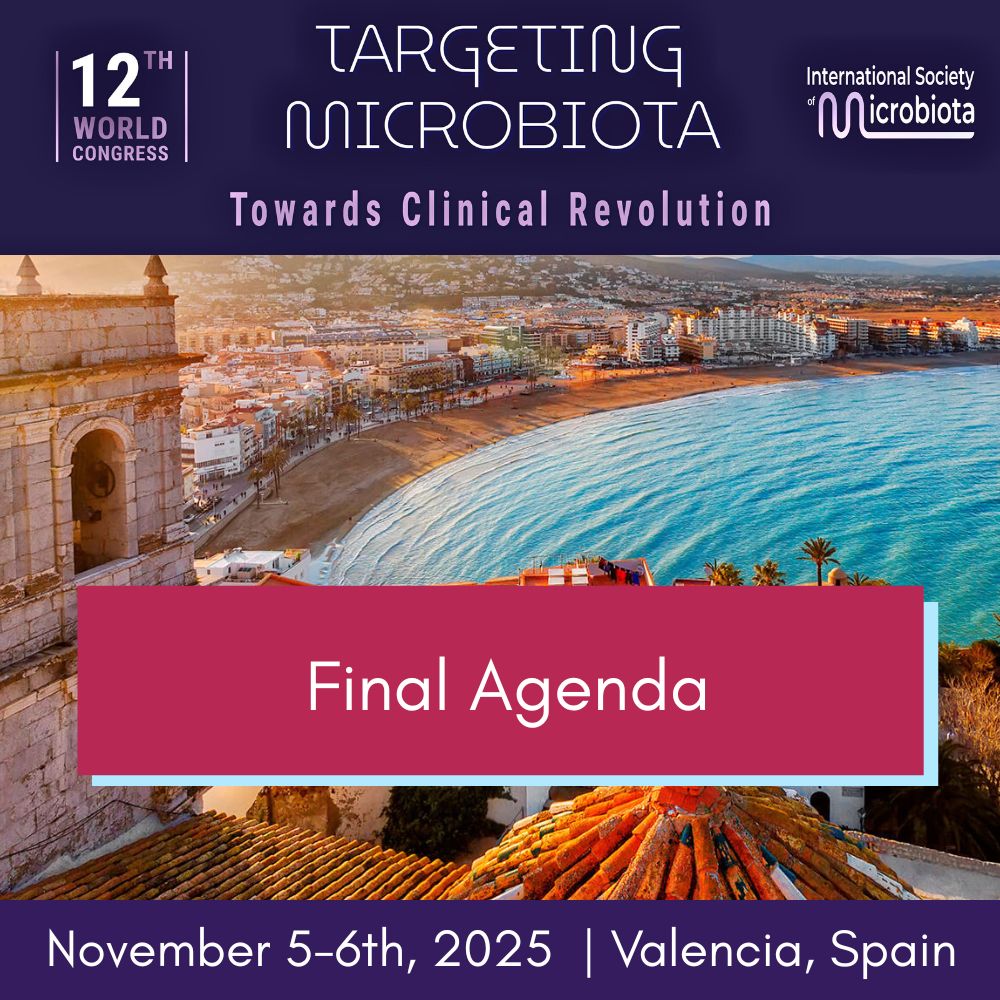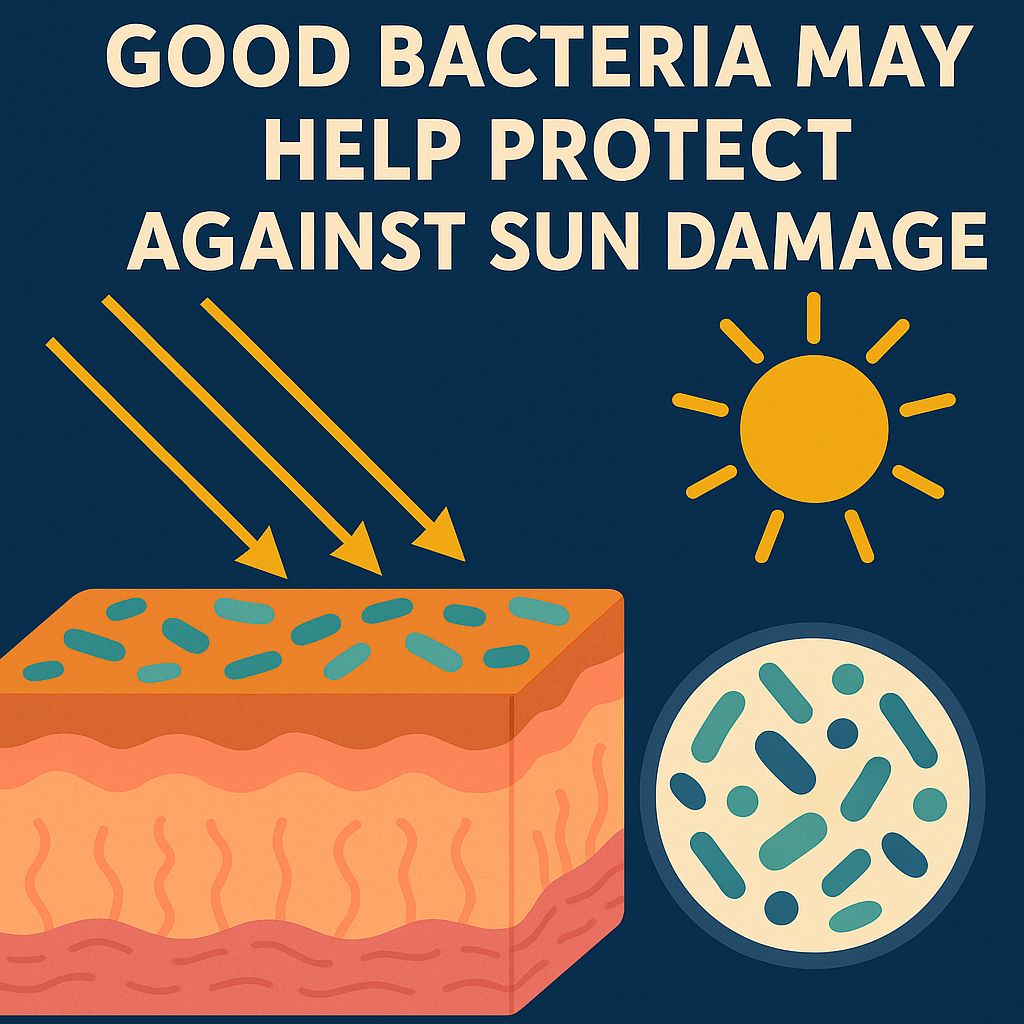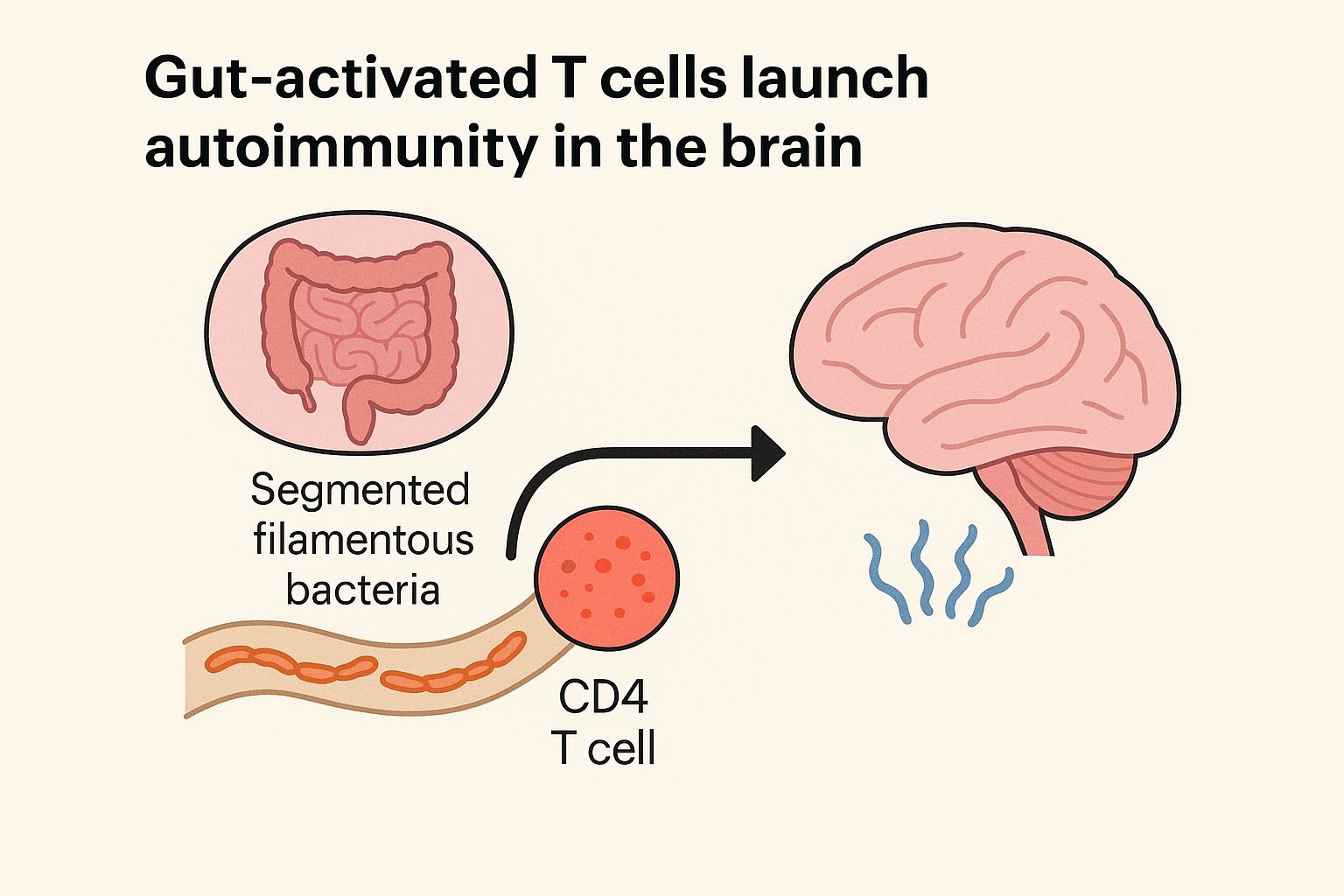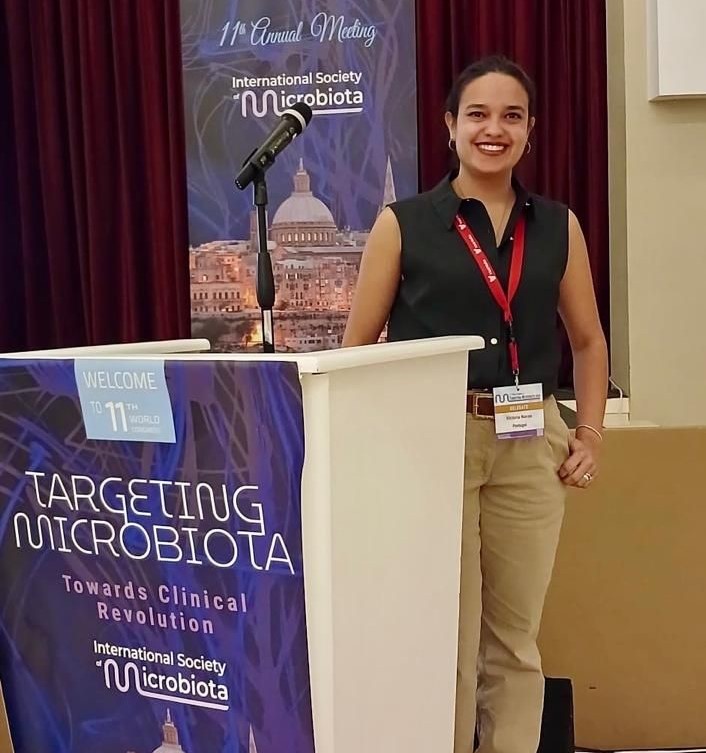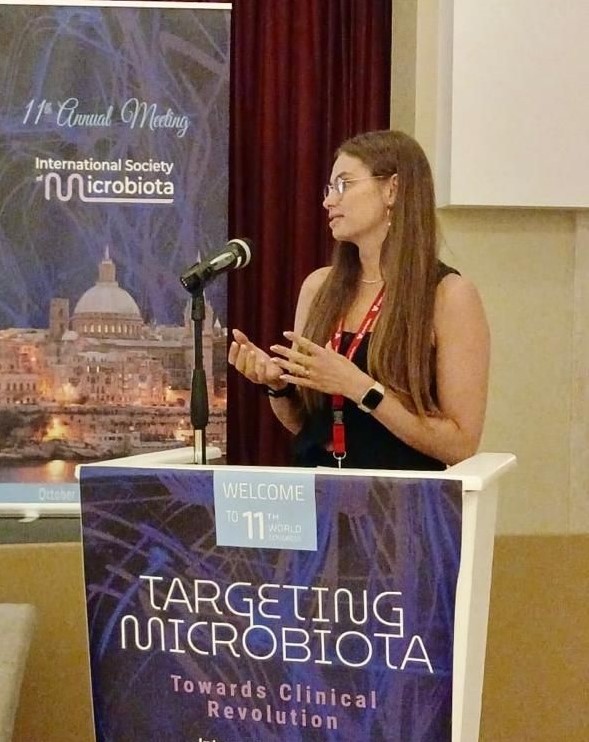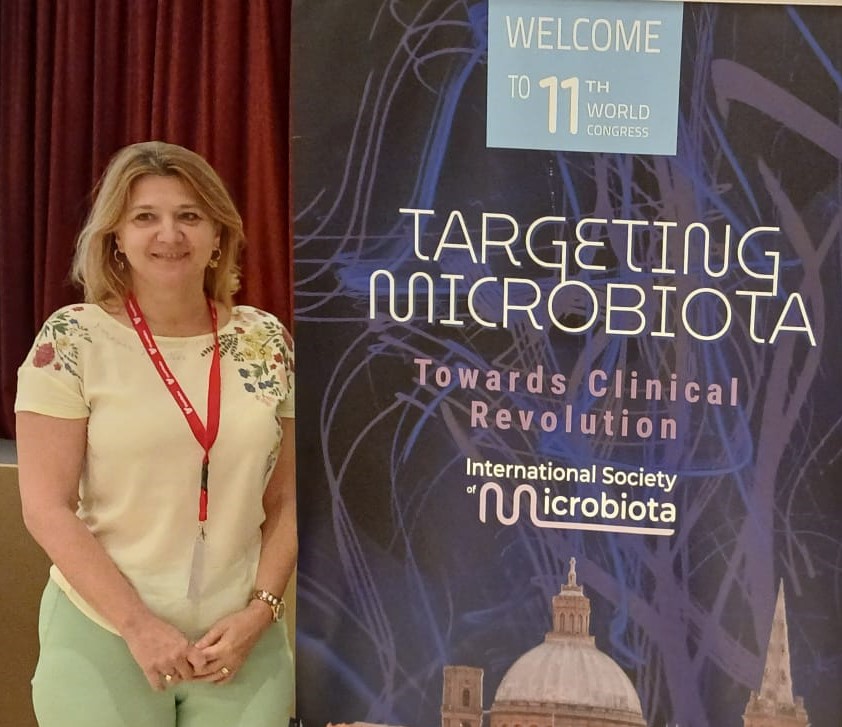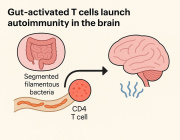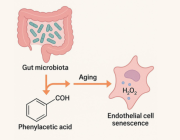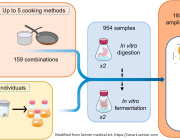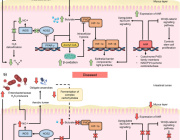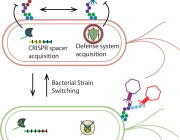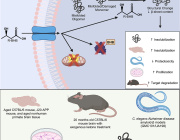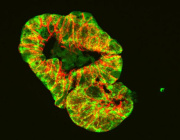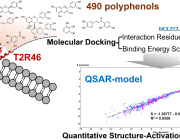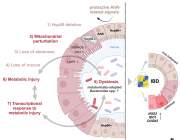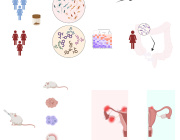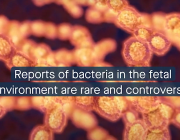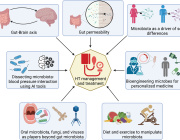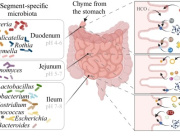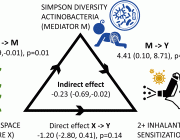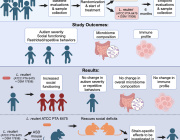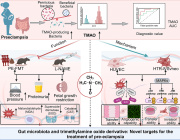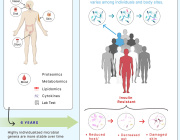Environmental Microbiome Engineering for the Mitigation of Climate Change

The modern process of environmental microbiome engineering
News Release, International Society of Microbiota, France – April 20, 2023
Environmental microbiome engineering is emerging as a potential avenue for climate change mitigation. In this process, microbial inocula are introduced to natural microbial communities to tune activities that regulate the long-term stabilization of carbon in ecosystems.
Silverstein et al. outlined the process of environmental engineering and synthesized key considerations about ecosystem functions to target, means of sourcing microorganisms, strategies for designing microbial inocula, methods to deliver inocula, and the factors that enable inocula to establish within a resident community and modify an ecosystem function target.
Carbon use efficiency, plant growth promotion, nitrogen cycling, and bioremediation serve as microbiome engineering targets to either directly or indirectly contribute to the stabilization of C and combat the greenhouse effect. Inocula design for microbiome engineering that includes considerations for the functional traits associated with these targets, as well as establishment traits (diversity, metabolic interconnectedness, and preferences for open niches) will have maximum efficacy.
By inherently optimizing functional and establishment traits, directed evolution may be the ideal inoculum design strategy and deserves further exploration in this space. Where many inocula design strategies can struggle with balancing functional and establishment traits, directed evolution can generate inocula that express high activity of an ecosystem function target and, as a top-down strategy, inherently possess properties (diversity and interconnectedness) that maximize the chance of establishment.
Recent work, enabled by high-throughput technologies and modeling approaches, indicates that microbial inocula designed from the top-down, particularly through directed evolution, may generally have a higher chance of establishing within existing microbial communities than other historical approaches to microbiome engineering.
This review addressed outstanding questions about the determinants of inocula establishment and provided suggestions for further research about the possibilities and challenges of environmental microbiome engineering as a tool to combat climate change. Further research is needed to understand how abiotic modifications during inoculum delivery, such as nutrient supplementation (Li & Stevens, 2012), impact the efficacy of the inoculum design strategies discussed.
Targeting Microbiota 2023 will dedicate a session to Environment, Lifestyle & Microbiota. You can submit a related abstract here.
Image Credits: Silverstein et al. Global Change Biology (2023)
Media contact:
International Society of Microbiota
[email protected]
Targeting Microbiota 2023 Congress
October 17-19, 2023
Website | LinkedIn | Facebook






